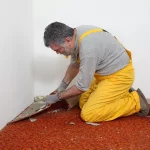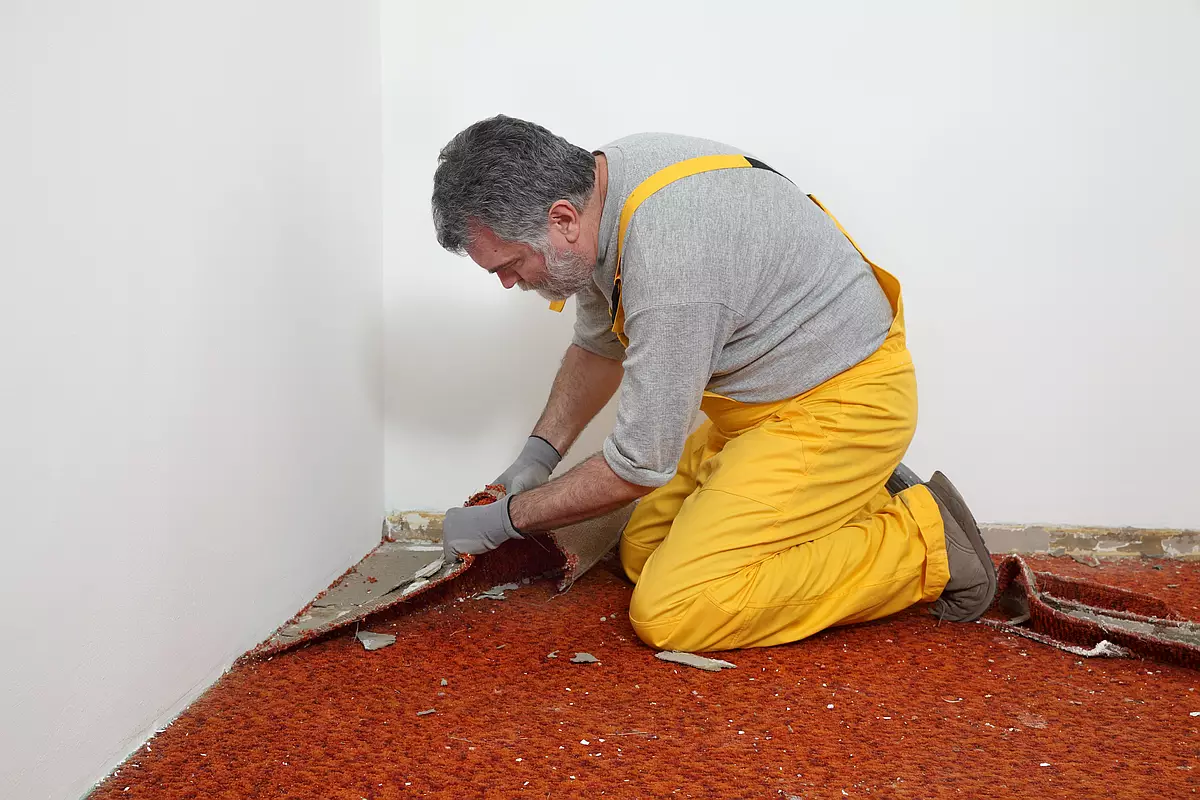Grout sealers are used to fill seams between tiles. It is not intended to stabilize tiles since mortar does hold the tiles in place. However, it is an important component of tile installation. It prevents moisture from going to the grout and under the tiles.
If you use a small tile size, it needs more grout sealer to fill the seams in between. If you use a larger tile, the use of the grout sealer is lesser and easier.
The grout sealant is the final step in tiling. It also requires protective sealants as part of its maintenance. Applying enough sealant on tiles will make them new after several years. It is recommended to apply as much sealant as possible.
Purpose of Grout Sealer
These grout sealers are made to prevent stains on tiles and stop water from entering the grout and reaching the wall behind. If water does enter, the grout can crumble over time which will lead to mildew and molds breeding.
Since tiles are used mostly in bathrooms, it is always wet and subject to running water. Unsealed grout will be a seedbed for bacteria and stains.
Grout is made of cement making it porous and absorbing liquids easily. With a grout sealer, you can increase the strength of your tiles and slow down their wear and tear. Also, existing tiles need reapplication of grout sealer most of the time.
Tiles that are frequently stepped on are also subject to resealing every six months or a year.
If grout sealers are not applied on time, water can seep behind the tiles which can cause the tiles to have cracks and eventually break. Grout sealants minimize damage to the tiles to an extent.
Usually, it takes about 48 hours for the tile adhesive and grout to dry. If the grouts have been wet, it is recommended to seal the tiles after five days for the tiles to become dry.
Preparation and Coating with a Grout Sealer
It is vital to clean the grout thoroughly before spreading the sealant. Any trapped dirt or mildew that is present in the grout will be trapped if a grout sealer is applied to an uncleaned grout. Also, cleaning the tile grouts will give you time to check if there are loose, crumbling, and peeling grouts. Should there be one, it should be fixed before coating it with a grout sealer.
For tiled walls, it is appropriate to apply two coats of sealant. An additional coat of grout sealer is needed if the grout is absorbing the sealant or water. Since in-between tiles are very narrow, you can use an applicator or a toothbrush to put a grout sealer.
Getting a quart of grout sealer is enough for a couple of coats
After applying the first coat of the sealant, wait for the next day before applying a new coat. Before you check if the grout needs another coating, you must let the second coating dry first, otherwise, water will seep into the grout.
To check if it is necessary for another coat, you can spray a small amount of water. If the grout absorbs it, another coating of grout sealant is needed until it does not absorb the water.
When Should You Reapply Grout Sealer
There are grout sealants available on the market that are long-lasting. However, grout sealants should be reapplied once a year before the original layer decay. These can be applied often, usually every six months to keep the tile grout in good condition.
For the fewer traffic tiles, grouts can be sealed every two years to keep the tiles pristine. If you have an area with tiles that do not require regular cleaning, reapplying grout sealants can be done in 10 years.
Reapplying the grout sealer depends on how much you clean the tiles since regular cleaning can make the sealant thinner and make its protective properties ineffective. If discoloration of grout is present, then a professional grout cleaning and sealing is needed.
You should be specific on which grout sealer to use on tile grouts. Not all grout sealants are the same. Using it on the wrong surface can deteriorate the tile grout. On markets, there are specific sealants that work best on ceramic tiles, marbles, and stones. These sealants vary on how much moisture they can tolerate.
Excess Sealant on Tiles
Some people think that using too much grout sealer can get the job done quickly. However, doing this can spill the sealant onto your tiles. If this happens, you will need more time to scrub the excess sealant off. This will take more time to get the job done. It is recommended to apply less sealant and reapply once it dries.
To remove excess sealants, you may use several folded paper towels to wipe and blot the excess product on the grout lines. If a sealant has hazed completely on a tile, you may use a toothbrush to liquefy the sealer to remove the sealant.
Another way of removing excess sealants on tiles is to wipe them off with a sponge that has been soaked in warm water. Scrubbing it off with a vinegar solution made of equal amounts of vinegar and water can finish the job off and make your tile free from grout sealer.
If the sealer has been dried for a long time, you might consider using a chemical-based sealant stripper. It is effective in removing a penetrating sealer and membrane forming sealer. All you need to do is apply the sealant stripper directly to the area and use a hard-bristle brush to clean the tile. This will remove the residue of the grout sealer completely.
Final Thoughts
When sealing a tile grout on yourself, it is important to measure the area and which tiles you will be using. By this, you will be able to determine how much grout sealer you will need. Remember to get a sealant that could cover up to multiple layers and is specifically intended on your surface.






